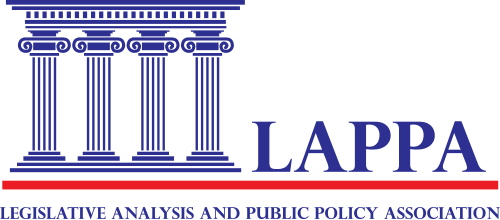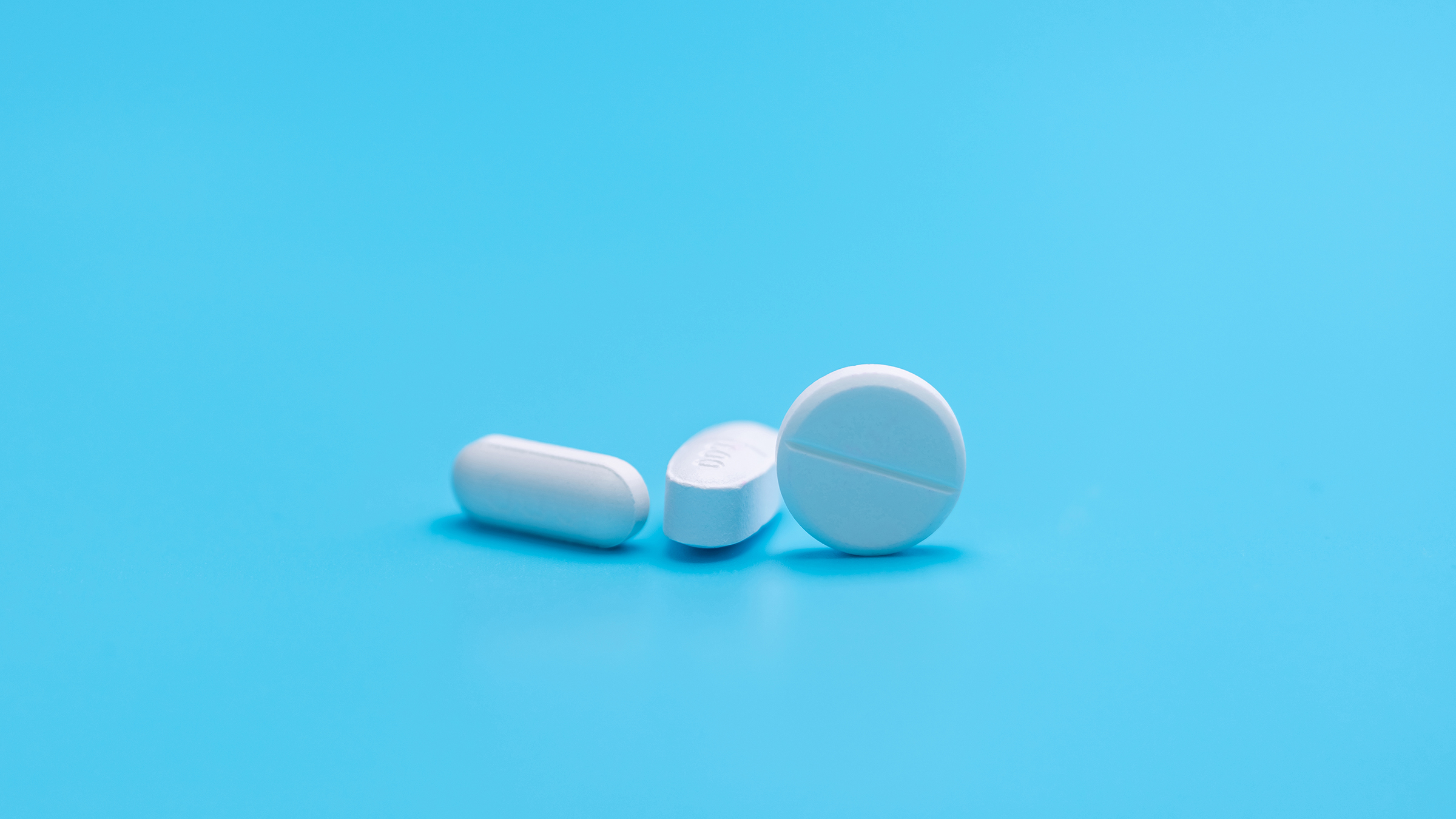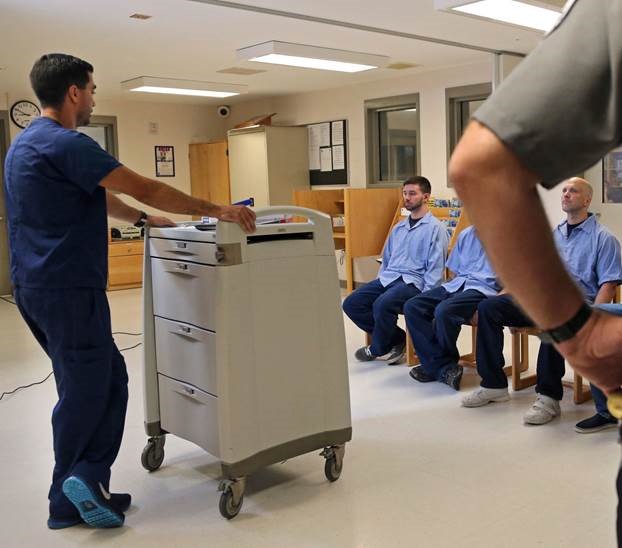Contingency Management
This fact sheet summarizes a recent increase in the use of contingency management, a behavioral therapy that reinforces or rewards positive behavioral change. Often, mental health professionals use contingency management alongside other methods of treatment. In the context of substance use disorder treatment, patients typically receive something of monetary value to incentivize abstinence from drug use. Contingency management is a well-studied and effective method for treating substance use disorder, but until recently, received little support....








